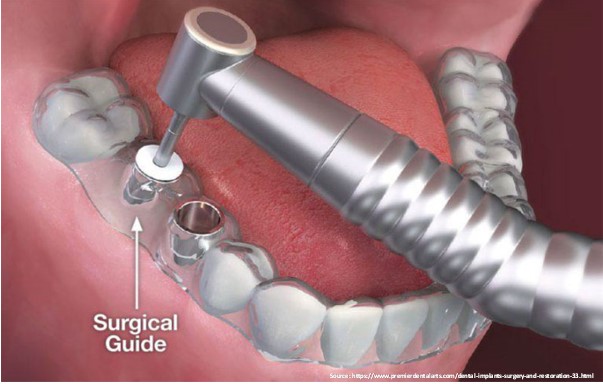Dental implants are an excellent option for replacing single or multiple teeth and are utilized worldwide. Dental implants are a permanent tooth replacement option that must be placed with extreme precision to ensure long-term success.
Dr. Rajat Sachdeva employs the superior abilities of 3D computer technology to give the best dental implants in Delhi. He can arrange the procedure with optimal precision and obtain the best-predicted outcome using sophisticated techniques.
Advanced technology has improved dentistry significantly, particularly in the realm of dental implants. Guided implant surgery employs software that allows more precise diagnosis, virtual surgical treatment planning, faster treatment, and a lower risk of error.
At Dr. Rajat’s Dentistry, our dentist may use guided implant surgery in Delhi to place several dental implants for a satisfactory treatment outcome. Dr. Rajat Sachdeva, one of the best dentists in Delhi, may use this procedure for cases involving one or more dental bridges or implant-retained dentures.
In addition to using state-of-the-art planning technologies, Dr. Rajat Sachdeva, a highly qualified and experienced dentist in Ashok Vihar, Delhi, has undertaken intensive dental implant training and done multiple surgeries of varying complexities. His expertise in guided dental implant surgery in Delhi can provide patients with a better procedure with better results and fewer complications.
If you are curious to learn more about guided implant surgery, go through this article to know more.
